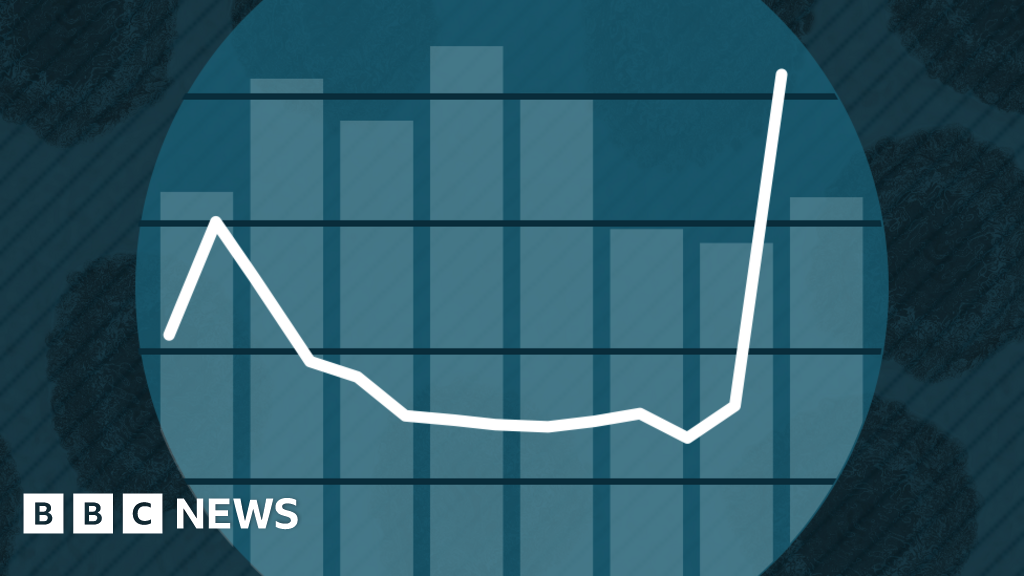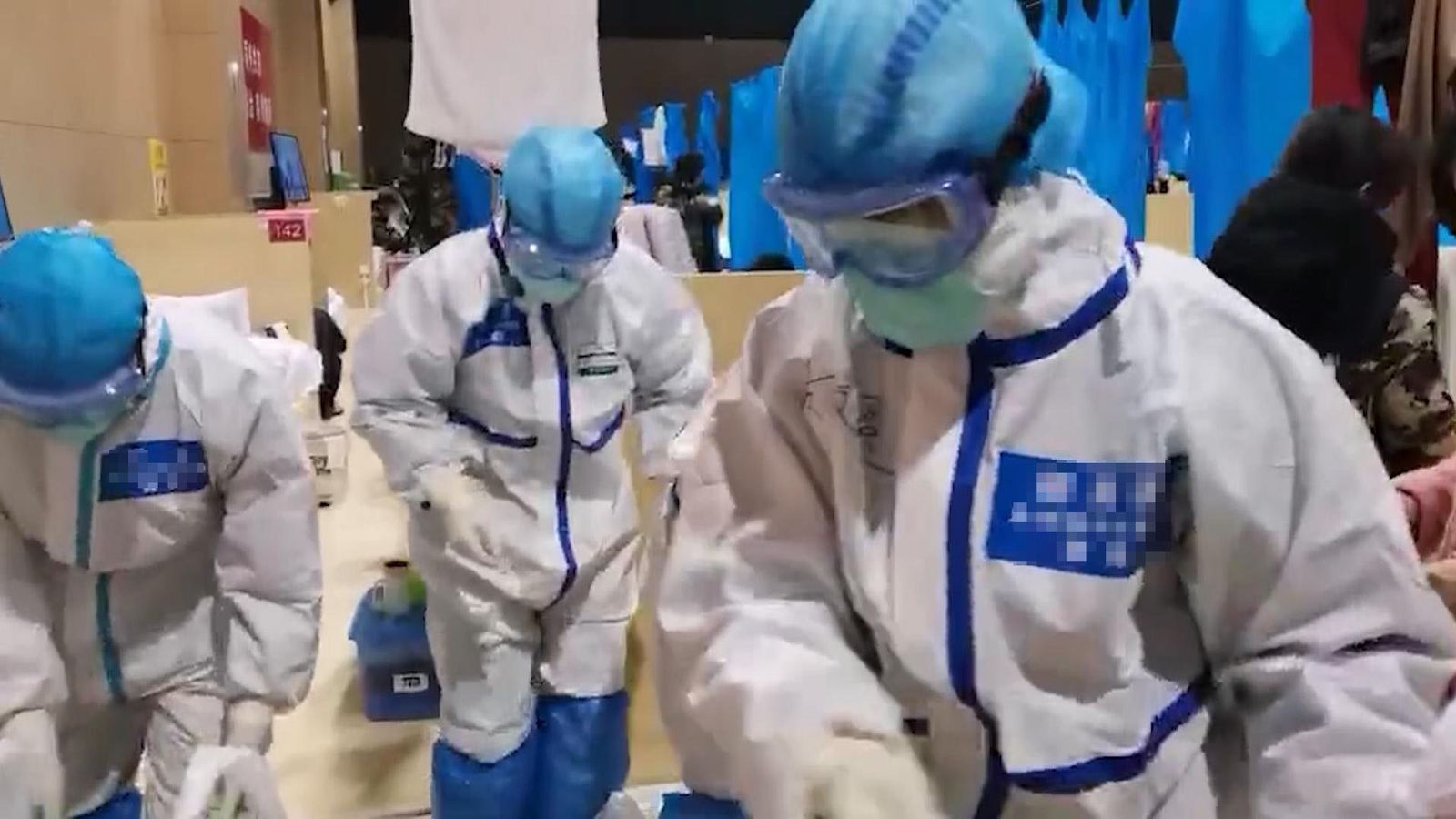I made a post about testing and reporting from a UK context - usually only post on the UK thread. I've just taken a few things out. And as I've mentioned before there will be an effort to control the narrative. Anyway responsible posting and messaging is key during this time.
Testing and reporting:
This is going to be a very tricky one. Mostly because when they say they'll increase testing in everyone country it means the next phase by involving kits and other things. Now those have a greater risk of false positives.
I'll leave this article here for starters.
So the impact of undocumented transmissions as simulated from the Wuhan case. I've got alt text for the images so as to not make this post massive...
Right now, across several countries there is an issue as to who gets tested and this is why they have mostly been testing on people with convincing symptoms. The actual infection rate will be higher in every country if they test the wider population sample. They say there are plenty of test kits but these test kits have issues in general and this is why there have been false negatives which ultimately have resulted in the death of a few perceivably healthy individuals, often teenagers. We've seen it in France, I think we are starting to see it here too.
Actually the former is quite likely true as we have now ascertained that
the first deaths in the UK from COVID-19 happened before March.
This does sort of indicate that the overall fatality rate is less than what we can see with infections. We now need to look at infections as those presented with very visible and strong symptoms and those hospitalised as the ones with extreme symptoms. We need to raise testing to find a more relevant statistic - how many infected develop extreme symptoms?
This is the statistic that can help us plan healthcare needs, make sure we plan how many people need beds, ventilators and other devices. But for this we need to ramp up testing. But before we just ramp up testing we need to start focusing on our tests to develop better testing. How do we do this?
Fortunately we have hope with
these tests but they aren't widespread as of yet despite the accuracy of 98.7%. A lot of countries are currently testing with greater inaccuracies in order to ramp up testing which is equally risky. Unless the US changed course, it was enroute to engaging cheaper and more inaccurate tests as of last week.
The UK government is a poor peddler of hope, they start talking about testing 25k people daily before seeing if the tests were accurate or not, find out the tests are inaccurate and then backpedal.
Why a negative result doesn't necessarily mean you carry SARS-COV-2. (easier to digest article)
In terms of recovery on multiple fronts, the world was looking into China but
now China has restarted a propoganda campaign,
continued efforts on misinformation campaign, and is muddying the waters with semi-accurate numbers. Their activity such as shutting down cinemas but not entirely lifting bands and silencing certain people is paus for reflecting. Plus they are muddying our own reporting of their events.
Not always a fan of sky but this is accurate reporting.
China is facing a public relations catastrophe that is only likely to deepen, writes Sky's diplomatic editor Dominic Waghorn.

news.sky.com
I was looking for other sources but even this Guardian article is a bit murky due to the source of
Global times being often unreliable as a media source in media rankings
Authorities in China will release tally of asymptomatic patients and order them into quarantine for 14 days as infections rise again

www.theguardian.com
It goes without mention that WHO has silenced most information dissemination coming out of Taiwan. So accuracy of reports from China post mid-february unfortunately comes to doubt as they want to restart their manufacturing economy. Unfortunately this means we will need to observe Italy and Spain to see how contagion carries on for a more accurate analysis. This can lead to a global slowdown in actually curtailing infection for a little while. However we should stop global and regional mobility. This will be key for us to stopping the transmission until a cure/vaccine is developed.
This link is a good article on what we should read into with regards to data models. Currently the models are based on a lot of unknowns - what that means is that we should look at the pessimistic models and try to stop that scenario from happening - this is the better approach, because we shouldn't look at data models as something we should follow but as something we should try to prevent due to the large amount of unknowns here. If we follow models and think it's fine as long as we follow the model, it gets into really murky territory. To put it in a different way, it's like living paycheck to paycheck and not saving for a rainy day and thinking you should be fine because the quality of your life is alright, you take care of your health until of course you hit an emergency or have a life threatening accident and it throws all your plans awry. Modelling in these scenarios is essentially for rainy day planning so we can build a buffer for it. Unfortunately we have a lot of data illiterate people and they often sit in governments too.
You can see from a US perspective how counting bodies isn't an easy task and will be inaccurate quite often. I've mentioned before about controlling narrative, that we won't get an accurate death count until after the event and the models we see in terms of deaths will make the collective anxieties of a nation feel worse. But here's a good read albeit an American perspective.
We may never know how many people the coronavirus kills: “It sounds like it could be totally obvious—just count body bags. It’s not obvious at all.”

www.theatlantic.com
The UK's death curve is hard to predict but there's an important indicator, during the early days of COVID related deaths 4/10 deaths came in from London, now 1/3 deaths come in from London. This indicates that the rate of deaths outside London is increasing or the rate of deaths within London is starting to come to a point where it will soon plateau as we continue the measures, while it will rise in other areas. The West Midlands is the second biggest hub of hospital deaths while the NE and SW as well as Wales have lower deaths. We need to start measuring regional death rate as they record death rate regularly to get a good idea where it's rising/declining and the rate.
If you look at the ONS stats - what is interesting to report is that
the net deaths we had in England+Wales over the same period this year is lower than what we had last year. But as the death rate picks up it should even out or go in the reverse direction. The other tricky thing is that they record deaths to both Influenza and COVID for the same death - they should be careful with those cases especially with the ones dealing with the corpses given that this is the
advisory.
So onto deaths and critical care. This requires quite an in-depth analysis and I've already rambled on for so long here. So let's take a look at
ICNARC's report on the 774 patients in critical care.
Current median for survivors seems to be 6 days and for non survivors 7 days based on the tables in the linked PDF.
London is clearly the hub but you can see that spike in the West Midlands for admissions logged.
We really need to improve recovery rates, if we are to free up beds and this will be the factor that stresses up the beds. To get there we need less influx of patients into critical care. Given that it's likely most people who are tested are those who have heavy signs/symptoms or those who have come into contact with someone already contagious unless we extend the lockdown periods we will as everyone knows definitely stress the system out.
I was hoping yesterday's increase and following the daily spike of infections meant that today would see a lowering of hospital deaths into the 400s at least but given the prior day was 381 that was probably too optimistic but I did think it would be lower than yesterday and looking at the daily infections and daily deaths graph it is harder to say with accuracy as it's a lot more regional than one would think - however it should not see a ridiculous rise for another 2-3 days and then there should be a spike which will maintain for a few more days before there's another one. It's oddly proportional to the rate of case increases from a few days before but it's an approximation and I wouldn't really put too much weight into it until the observable pattern continues for longer, however at that point there potentially can be more stress on the NHS.
Edit: I would say to please read information and sources and understand what data modelling entails, what the purpose is , what it means and how you should look at it. Don't be dismissive entirely but at the same time, articles like this do not paint the big picture - give limited understanding and let's signal boost something that explains it rather than stresses people and causes anxiety/fury/etc.












